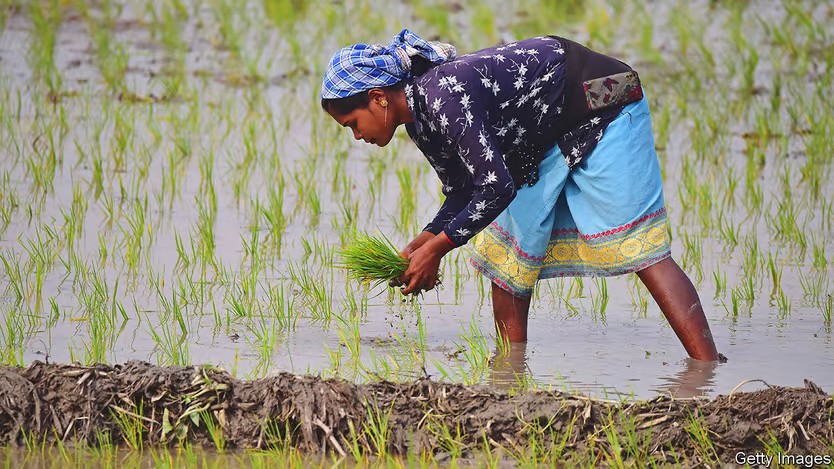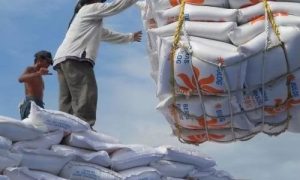India, world’s top rice exporter, confronts everything from conflict to climate

India is the largest exporter of rice and its numbers have been on an upward trajectory. But the country’s status is set to face some challenges as the odds are likely to get stacked against it.
Rice exports have so far weathered most challenges. The numbers have risen despite curbs on broken rice and a 20% export tax on non-basmati varieties last year. India’s rice exports, according to a Reuters report, rose 3.5% in 2022 from a year ago to 22.26 million tonnes, and is more than the combined exports of the next four in the line-up–Thailand, Vietnam, Pakistan and the US. However, a bunch of factors coming together has made experts sound a caution. They say the threats arising because of El Nino and high pesticide content issues are looming large.
Akshay Gupta, Business Head-Bulk Exports at rice miller brand KRBL, outlines another reason that can affect India’s position as a top exporter. “The currency payment mechanisms with countries facing sanctions pose a huge concern. The Russia-Ukraine war does not affect the trade as much, since both were not big importers of rice. But Iran is the biggest impact for us right now,” he says.
Before the US imposed sanctions on India in 2019, the West Asian country was the largest buyer of basmati rice from India. The embargo made it tough for Indian exporters to get payments for goods sent to Iran, leading to a drop in trade. According to All India Rice Exporters of India (AIREA), Iran imported 1.3 million tonnes (mt) of basmati rice from India in 2018-19, it has now dropped to 0.9 mt.
Exporters are now looking to ship basmati rice to Iran only if there is a letter of credit (LC) or cash payment. “Iran is very important for India’s rice exports; 25% of our exports go to Iran. And it is not only rice. Tea is the second biggest commodity, followed by sugar. These three are the biggest exports from India to Iran. Currently, the payment mechanism is very difficult for Iran as India is not buying oil from it. So, we don’t have any rupee reserves and there is no export from Iran against which financial payments can be made. Payments are being routed through third countries such as Dubai or Hong Kong, but it is not an official channel,” Gupta adds.
This issue can affect India’s export numbers and could unseat the country as the top rice exporter.














